In this fast-paced digital era, businesses across various industries are striving to achieve sustainable success and boost revenue. A key metric in the process begins with a business’s activation rate. Before we delve into the nitty-gritty, let’s understand why activation rate is a vital metric for businesses. Activation rate represents the percentage of new users who take a desired action within a specified period, such as signing up and logging into your platform within 30 days. Its impact on your business is immense.
Why is a high activation rate essential? Simply put, activated users are the lifeblood of sustainable growth. They are not only more likely to become paying customers but also stay engaged, providing you with several key benefits, including increased customer lifetime value, reduced customer acquisition costs, improved customer satisfaction, and heightened brand awareness.
In this article, we will take you on a journey through the world of activation rate. We’ll cover everything you need to know, from understanding what activation rate is and why it matters, to measuring and, most importantly, improving it.
Understanding Activation Rate
Activation rate, a seemingly simple metric, holds the key to unlocking remarkable growth and success for businesses. In this section, we will demystify what activation rate means, why it’s crucial for businesses, and how it serves as the gateway to transforming potential customers into active, revenue-generating users.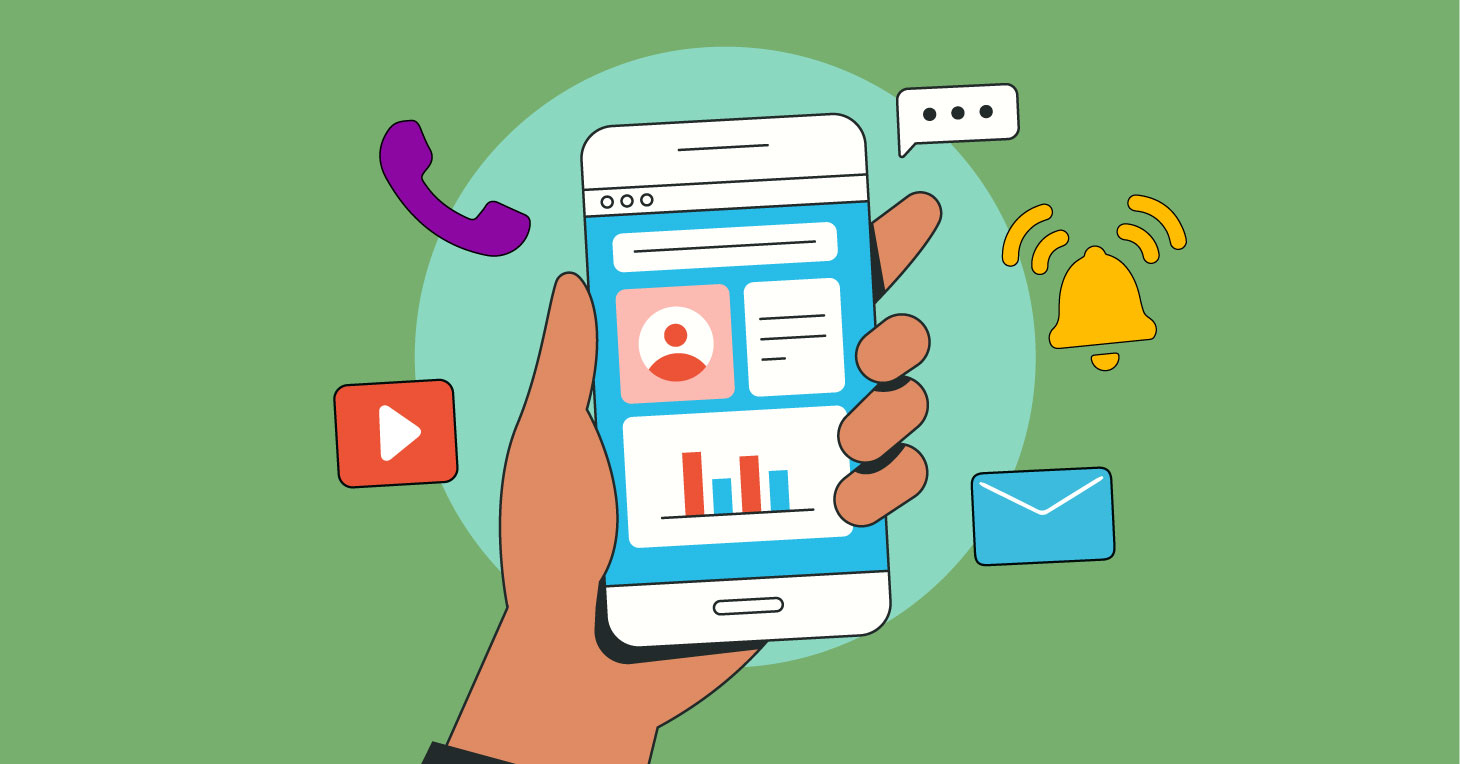
What is Activation Rate?
Activation rate is the percentage of new users who take a specific desired action within a given timeframe. This action could be as simple as signing up for an account, logging in for the first time, completing their profile, or trying out a key feature. Essentially, it marks the initial steps a user takes on your platform, signaling their interest and engagement.
Imagine activation rate as the gesture of welcome of your business. It’s that warm greeting that makes users feel at home, encouraging them to explore further and make themselves comfortable within your product or service.
Why is Activation Rate Crucial for Businesses?
The activation rate is not just another metric on the dashboard; it’s central to your business’s growth strategy. A high activation rate is a clear indicator of how effectively you convert potential customers into active users. It’s a crucial factor in turning curious visitors into loyal brand advocates.
When users are activated, they are more likely to delve deeper into your offerings, discovering the value your product brings to their lives. This sets off a ripple effect with cascading benefits for your business.
The Gateway to Transforming Potential Customers
Activation rate is more than just a number- It opens the door to transforming potential customers into active, revenue-generating users. Just like a key unlocks a treasure chest, a high activation rate unlocks the potential of your business.
Think of it this way: You’ve worked hard to attract visitors to your platform, and activation rate is where you start turning those visitors into valuable, engaged users. It’s the moment of truth when potential customers begin to see the real value of your product or service.
The Power of the ‘First Transaction’
The first transaction a user makes is like the foundation of a strong building. It sets the tone for the entire customer journey and lays the groundwork for long-term customer loyalty. Whether it’s making their first purchase, completing their first successful interaction, or achieving their initial goal, this milestone is pivotal.
The first transaction creates a sense of accomplishment for users, reinforcing their decision to choose your product or service. It builds trust and confidence in your brand, encouraging users to explore further and invest more time and resources in your offerings.
Understanding activation rate is paramount for businesses seeking sustainable growth. It represents the starting point of a user’s journey, where potential customers take their first steps towards becoming active and loyal users. The first transaction they make cements their relationship with your brand, setting the stage for long-term engagement and loyalty.
Crafting an Effective Activation Strategy: Your Path to Success
To unlock the full potential of your activation rate, you need a well-crafted strategy that engages users from the moment they step foot into your domain. In this section, we’ll explore the key elements of an effective activation strategy: user onboarding, personalized experiences, and targeted communication. We’ll also showcase real-world examples of companies that excel in these areas, setting the bar high for activation success.
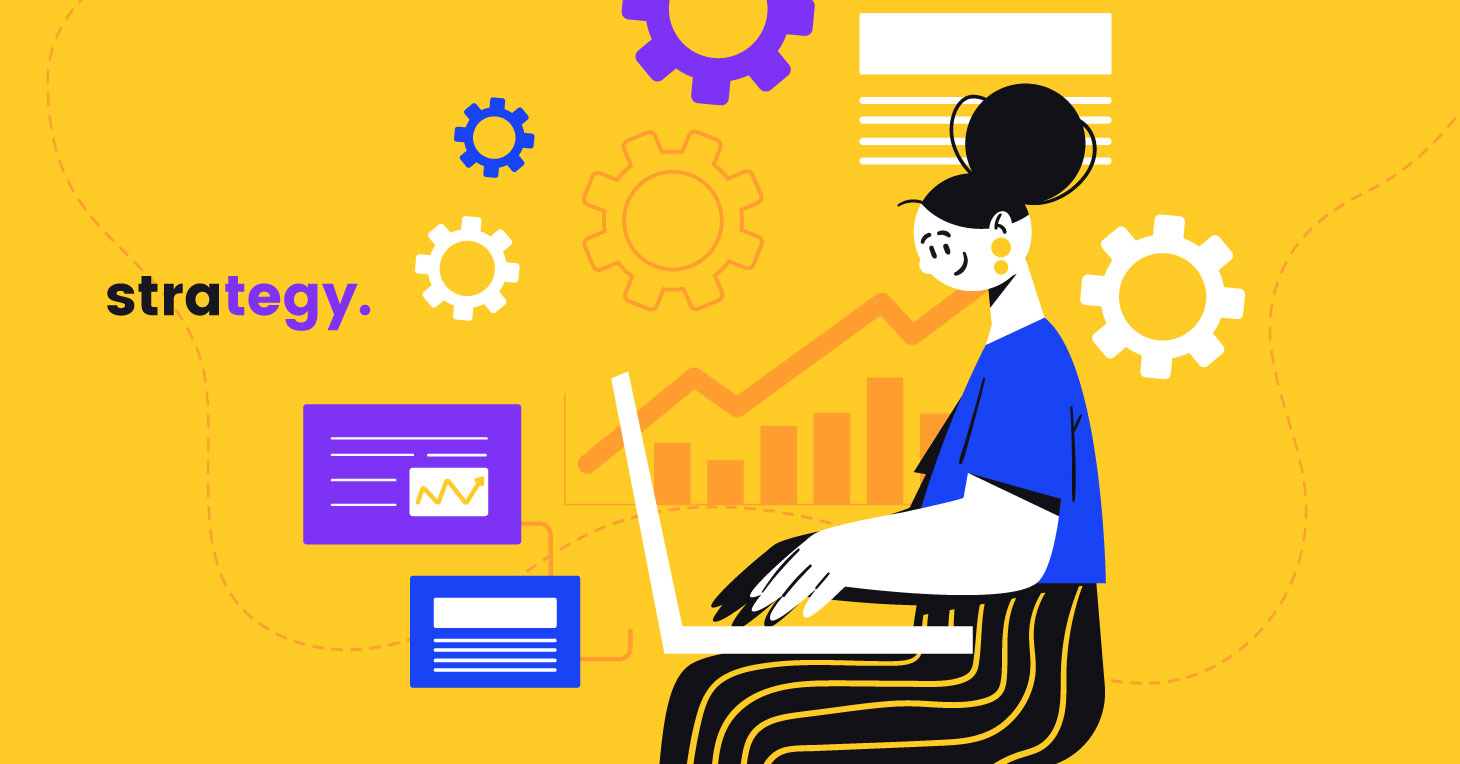
User Onboarding: The Foundation of Engagement
User onboarding is like a warm welcome to your users, guiding them through the initial steps of your product or service with ease. It’s a critical phase that can make or break a user’s first impression. An effective onboarding process is seamless, user-friendly, and highlights the value your product offers.
Airbnb sets the gold standard for user onboarding. When new users sign up, they are taken through a step-by-step process that helps them set up their profile, configure their preferences, and browse through potential accommodations. The platform showcases stunning visuals and engaging content, ensuring users feel excited about their upcoming travels. By simplifying the onboarding experience, Airbnb encourages users to take action swiftly, leading to higher activation rates.
Personalized Experiences: Making Users Feel Special
Each user is unique, and catering to their individual preferences and needs is a game-changer. Personalization involves tailoring your interactions based on user behavior, demographics, and interests. When users feel understood and valued, they are more likely to engage with your product or service on a deeper level.
Spotify’s personalized playlists and song recommendations are a great example. By analyzing users’ listening habits and musical tastes, Spotify curates playlists that feel like they were made just for the individual user. This level of personalization not only keeps users engaged but also encourages them to explore new music and stay loyal to the platform.
Targeted Communication: The Art of Staying Connected
Once users are on board, it’s essential to maintain meaningful interactions to drive ongoing engagement. Targeted communication through various channels, such as email, push notifications, and in-app messages, can be highly effective in keeping users informed and engaged.
Starbucks utilizes omnichannel marketing to perfection. They send personalized emails and app notifications with special offers, reward updates, and limited-time promotions based on users’ preferences and past purchases. By connecting with users across multiple touchpoints, Starbucks keeps their audience excited and encouraged to visit their stores frequently, increasing their activation rate.
The key is to make users feel valued, understood, and inspired throughout their journey with your product or service. By learning from real-world examples like Airbnb, Spotify, and Starbucks, you can elevate your activation game and drive your activation rate to new heights.
Best Practices and Tips: Elevating Your Activation Rate
Now that we understand the core elements of an effective activation strategy, let’s explore some actionable tips and best practices to optimize your activation rate and create a thriving user community.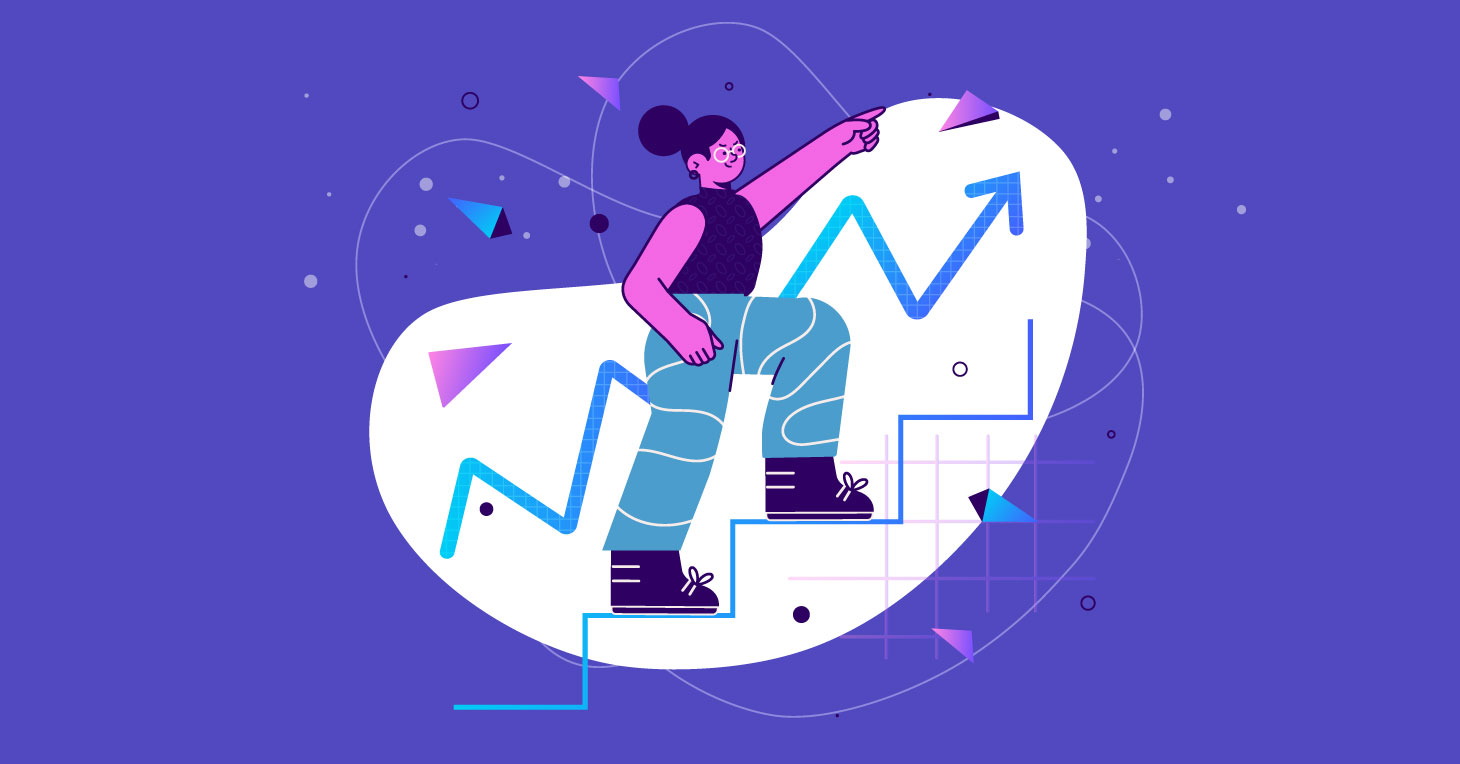
Implement A/B Testing: Discover What Works Best
A/B testing is your secret weapon to fine-tune your onboarding flows and messaging. Test different variations of your onboarding process to identify which approach resonates most with your users. From the wording of your CTAs to the order of steps in the onboarding journey, experimenting with A/B testing will help you unlock the most effective combination.
Monitor User Behavior: Learn, Adapt, Improve
Keep a close eye on user behavior and engagement metrics to gain valuable insights. Identify drop-off points or bottlenecks in the activation process, and iterate to overcome them. By tracking user interactions, you can make data-driven decisions and continuously improve your activation process.
Leverage User Feedback: Listen and Improve
User feedback is a goldmine of valuable information. Encourage users to provide feedback through surveys, in-app prompts, or customer support channels. Actively listen to their suggestions and concerns, and use this feedback to refine your product and address pain points proactively.
Cultivate a Customer-Centric Approach: Make it Personal
Embrace a customer-centric mindset in every aspect of your business. Personalize communication and experiences based on user data, preferences, and behavior. Show users that you genuinely care about their needs and interests, and they will reciprocate with higher engagement and loyalty.
Offer Incentives and Exclusive Benefits: Nudging Towards Action
Incentives can be a powerful motivator to drive the first transaction and encourage ongoing engagement. Offer exclusive benefits, discounts, or early access to certain features to entice users to take action. This can create a sense of urgency and excitement, propelling users towards activation.
Optimizing your activation rate is an ongoing journey that requires attention to detail and a deep understanding of your users. By implementing A/B testing, monitoring user behavior, leveraging feedback, adopting a customer-centric approach, and offering incentives, you can build a remarkable onboarding experience that resonates with your audience.
Conclusion
Activation rate acts as the gateway to transforming potential customers into active, revenue-generating users. It lays the foundation for long-term customer loyalty and brings forth a myriad of benefits like increased customer lifetime value, reduced acquisition costs, improved satisfaction, and heightened brand awareness.
To craft an effective activation strategy, focus primarily on user onboarding, personalized experiences, and targeted communication. The user onboarding experience sets the stage for user engagement, while personalization makes users feel special and understood. Targeted communication through various channels keeps users connected and informed.
Follow up best practices such as implementing A/B testing, monitoring user behavior, leveraging feedback, adopting a customer-centric approach, and offering incentives. By integrating these practices into your activation strategy, you can continuously optimize and elevate your activation rate.
WebEngage is the leading retention marketing tool that can be your key to unlocking remarkable growth and success. With a suite of powerful features, WebEngage empowers you to activate your customers and secure those crucial first transactions. Take a demo to discover how WebEngage can help transform your business’s activation rate, foster long-lasting customer relationships, and achieve unparalleled growth.





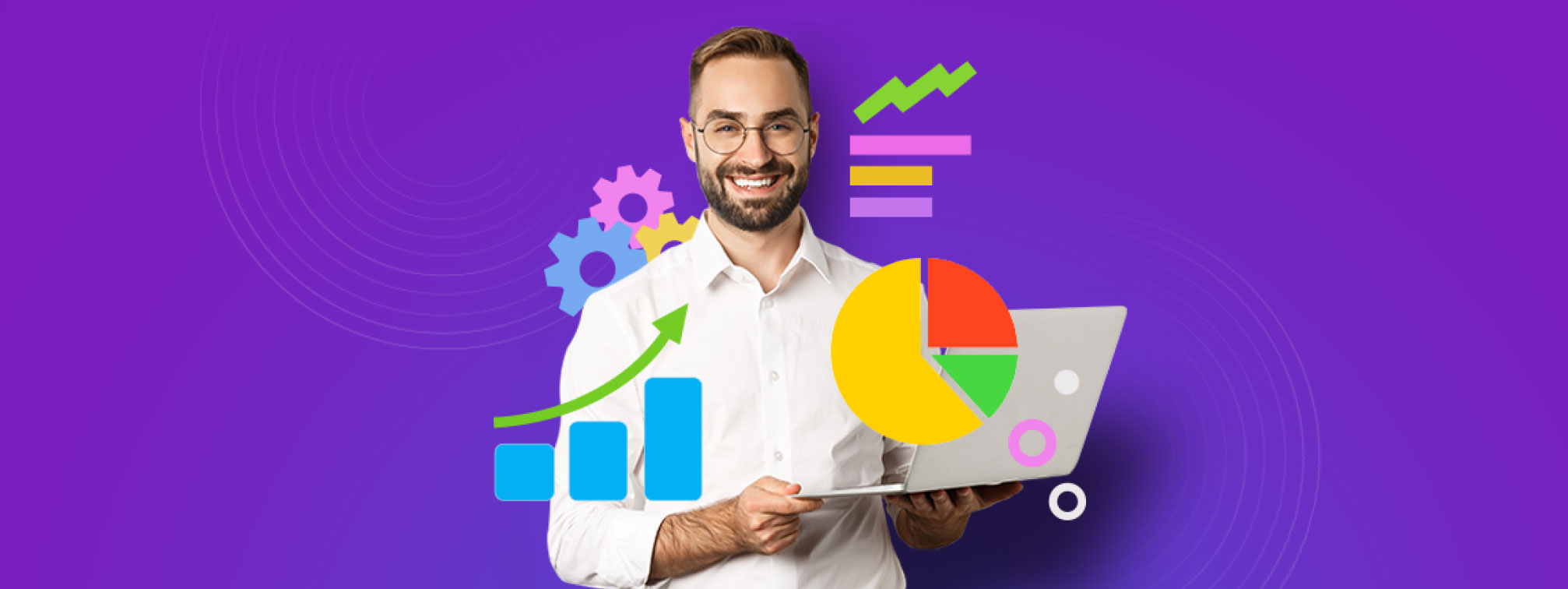

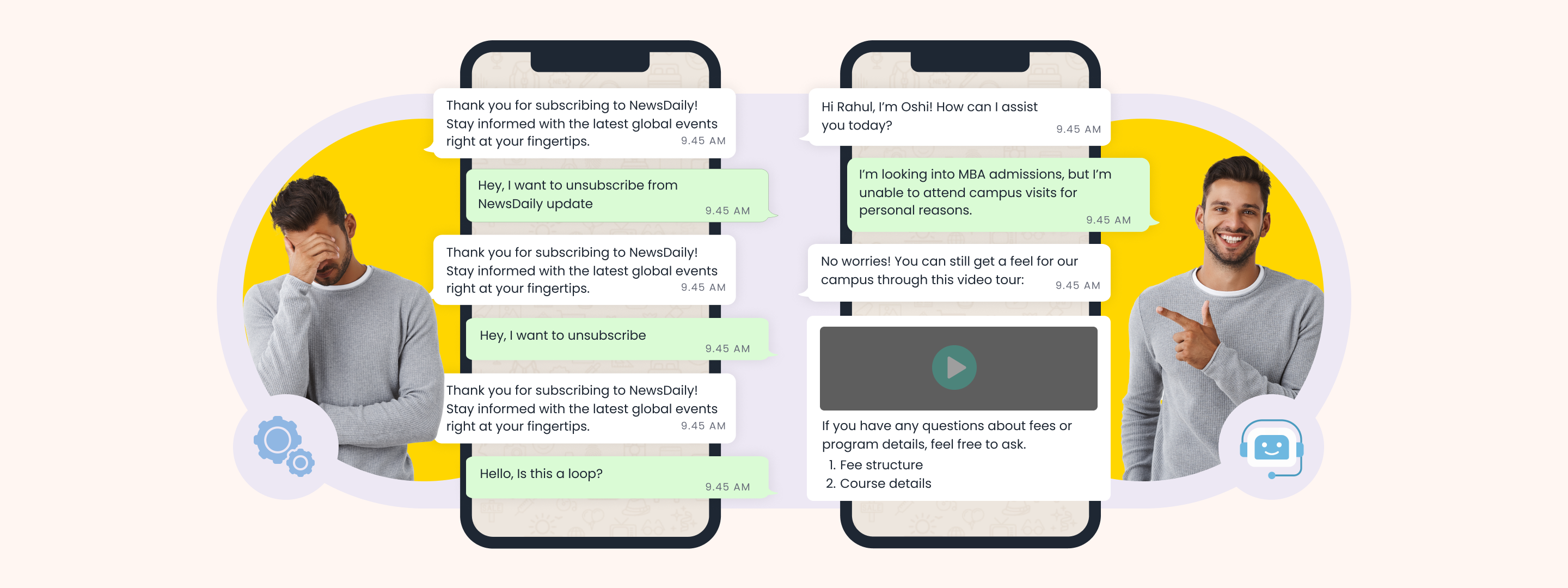
 Surya Panicker
Surya Panicker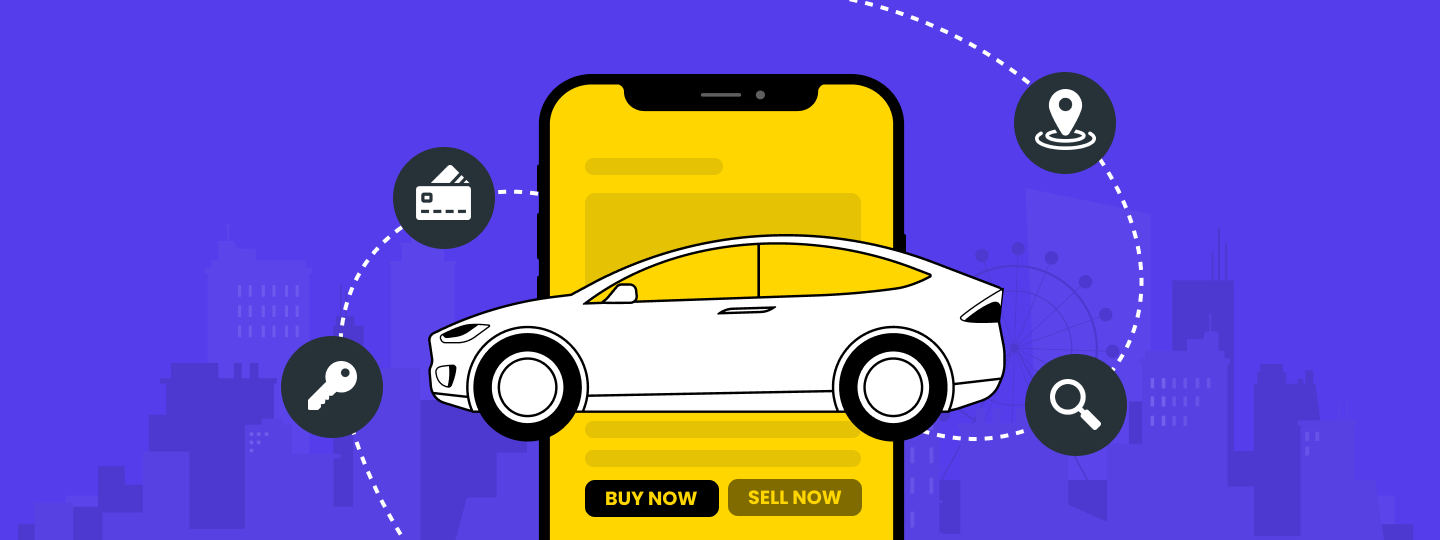
 Inioluwa Ademuwagun
Inioluwa Ademuwagun
